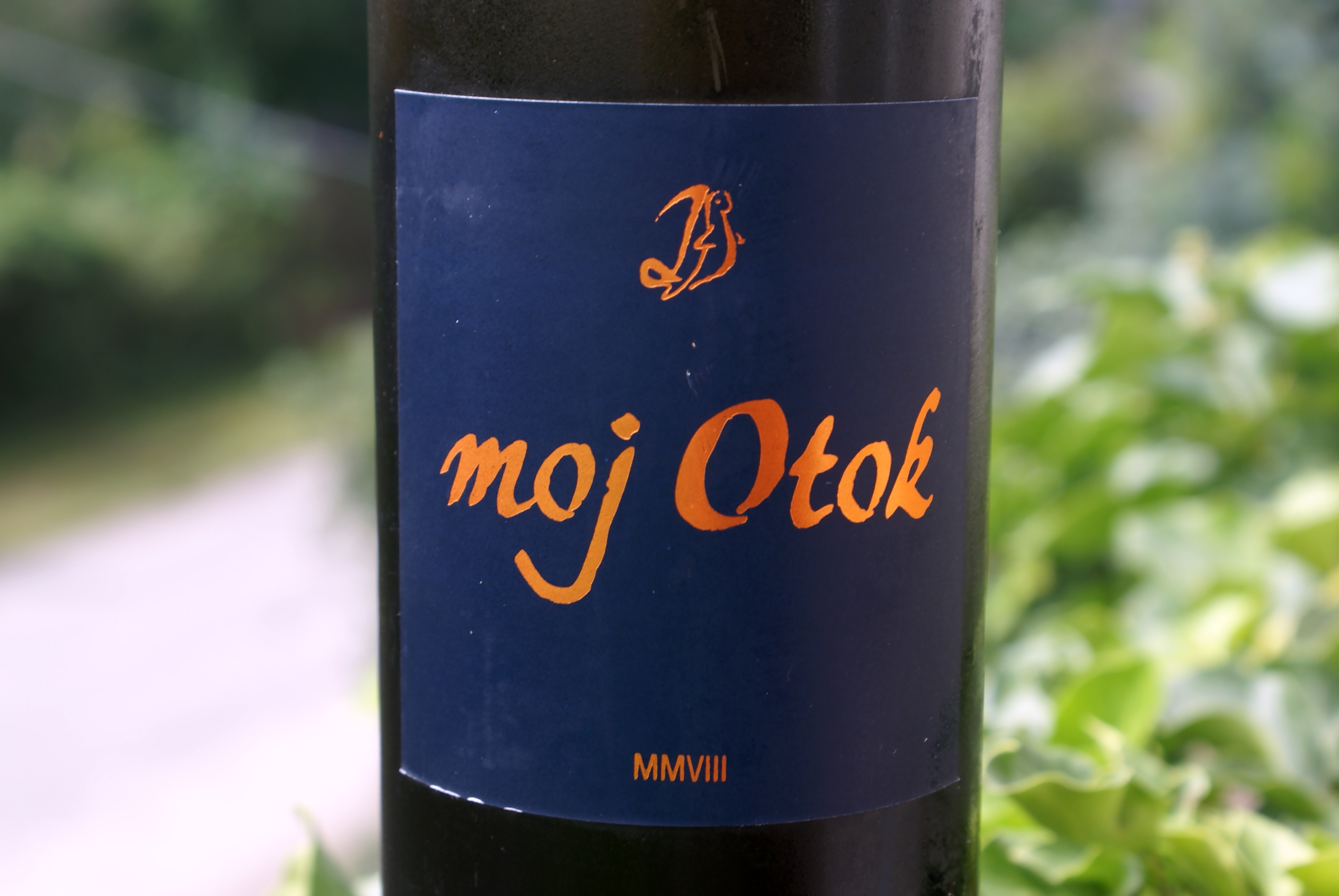Duboković Moj Otok 2008
Posted on 8 August 2011
Croatia continues to haunt me. After my two recent trips in November and April, I positively think Croatia is Europe’s fastest-improving wine country. The progress is just staggering, and although it is objectively a small wine nation, Croatia has fantastic diversity – of terroirs, grape varieties and styles.
I’m just tasting a wine that’s confirming this. Duboković is a winery on the scenic isle of Hvar. Other than beaches Hvar is mostly renowned for its powerful red wines made of the Plavac Mali grape, but it makes a lot of white wines too. This Moj Otok 2008 apparently is the producer’s entry-level effort, and I purchased it during my recent stay in Poreč for 10€. I’m told it’s made of the Maraština, Bogdanuša, Parč and Kuć grapes: as obscure as they may sound, at least the former three are pretty widespread on Croatia’s Adriatic coast.
This wine is really puzzling. It’s three years old, but not declining at all. You may assume it’s another evanescent Mediterranean flavourless white by seeing 11.8% alc. on the label, but the contrary is true: there’s plenty of substance and intensity here. But most of all, the aromatic profile is unique: there’s not a bit of fruit. Instead, this wine is full of spicy, savoury, brothy, mineral notes. It tastes like a combo of matchstick-reductive Loire Chenin Blanc, oxidised vin jaune from the Jura, and Indian curry.
Tasting it with friends (no wine buffs) generated all sorts of theories. That this was a maceration-type, ‘orange’ wine aged on the skins. That it was aged in oak (I doubt it), hence the toasty, savoury aromas. That it was made from a broth cube, not grapes. But the wine evolved happily with airing in the glass, and some ripe Cox apple fruitiness even made its appearance, as well as some chalky minerality and good acids.

Ivo Duboković in his Hvar winery cellar. © National.hr.
It’s by no means a wine for everyone. In fact it couldn’t be more distant from the standard easy-drinking superfruity New World Chardonnay or Sauvignon that makes up a large proportion of global wine sales. For the explorative wine drinker, on the other hand, it’s a fascinating bottle with a real sense of place. And it’s great with food too: its brothy savouriness and spiciness made it a brilliant match with an aged Comté cheese yesterday, and chanterelle pasta today.
Disclosure
Source of wine: my own purchase.


